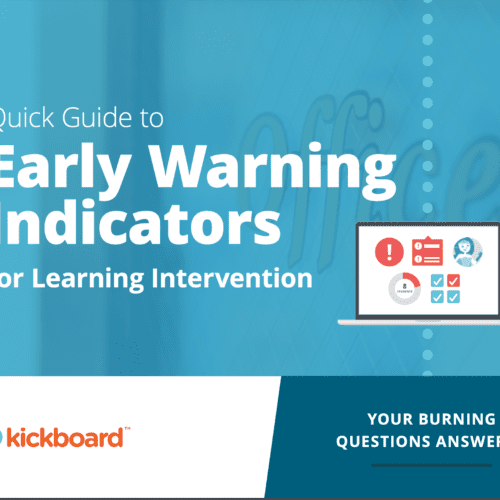 While editing a client’s proposal, I noticed that the program’s agenda was described as “complimenting” the public school curriculum. Recently, a friend received a flier from a public relations department offering “complementary” beverages at a special event. I’ve seen these two words misused so often that I occasionally check the dictionary just to keep things clear in my own mind.
While editing a client’s proposal, I noticed that the program’s agenda was described as “complimenting” the public school curriculum. Recently, a friend received a flier from a public relations department offering “complementary” beverages at a special event. I’ve seen these two words misused so often that I occasionally check the dictionary just to keep things clear in my own mind.
A lot of people won’t catch these errors. In fact, my client proudly told me that a grantor had called her proposal the best that they’d ever received (this was before I had ever seen it, so I can’t take credit).
So do the little mistakes matter? We don’t know how many other grantors saw the gaffe and how it influenced their perceptions. If you keep writing that the program’s agenda is “praising” (aka complimenting) the curriculum or offer “corresponding” (aka complementary) beverages, eventually someone is going to notice and question your capabilities.
Homophones are words that sound the same but are spelled differently, and they pose a writing trap that’s hard to avoid. Your spell check program won’t catch these errors, and even when you review your work, your mind might stubbornly translate what you wrote into what you meant to write. Also, some people simply mistake the meaning of the words.
Common Homophone Traps
These are just some of the words that are easily confused.
Principle = rule, belief, attitude
Principal = Main; chief; presiding officer, especially of a school
Complementary = corresponding, opposite
Complimentary = free, flattering
To = a preposition and adverb used to indicate purpose, direction, proximity, position, etc.
Too = also, additionally, very, excessively
Two = pair, second
Its = possessive form of “it”
It’s = contraction of “it is”
If you’re interested in seeing how many words can be mistaken for another, here’s a list of 70 common examples.
Three Simple Ways to Dodge Homophone Traps
First, use substitutions if possible. In the case of the proposal, I quietly replaced the offending word with “supplements.” The substitution got rid of the problem but was close enough to the client’s preference to prevent any arguments.
Second, appoint someone else (preferably someone who writes well) to be your second pair of eyes. If you’re self-editing, take the time to walk away from the copy for a few hours or even days. You’ll catch more errors if you begin the editing process with a fresh perspective.
Third, write with a dictionary or thesaurus by your side. Don’t let pride get in the way of using these tools. A well-thumbed reference book is a sign of a conscientious writer.
These safeguards should help you eliminate homophone mistakes and other errors. If you ever do misuse a homophone, simply determine how the mistake happened and make a note to watch out for that trap the next time around.








Good afternoon! This post has nothing to do with your article, but I am hoping to find out where you got the image of the speeding bullet that you used in your article? I am creating a business and would like to include it in my logo, and in order to properly copyright my logo I need to have the permission of the source of that bullet image.
Thank you very much!
Thanks for contacting me, Ryan. I hope the information I gave you via email proved handy!